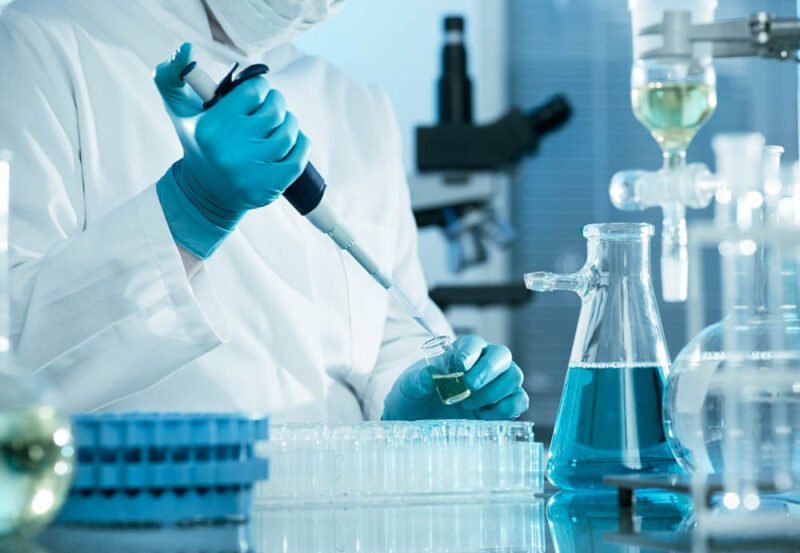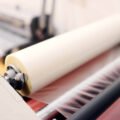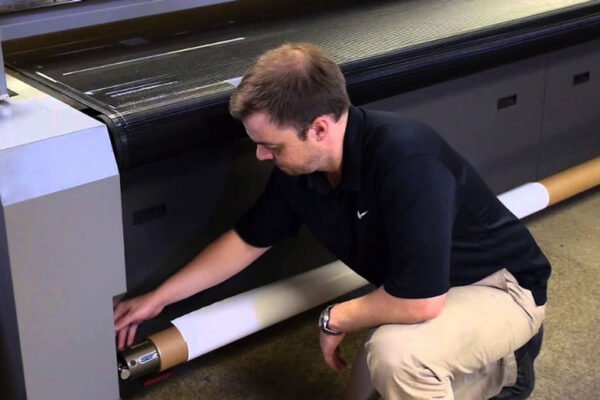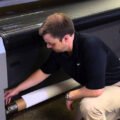
Laboratories are environments that demand calm, precision, and organization. Working in a laboratory can be tricky if you don’t have the right tools to keep your workflow efficient without sacrificing accuracy or quality of results.
Here are 10 tips to help you optimize and streamline your laboratory workflow.
- Create an inventory system: Keeping track of all the supplies and materials in a laboratory is a must. An inventory system ensures that you always have the supplies and materials needed to conduct experiments, while also providing clarity on which items need to be ordered to maintain optimal stock levels.
- Organize supplies in advance: It’s important to make sure all of your lab materials are organized and easily accessible when you need them. Put labels on your shelves, bins, and cupboards to help you find supplies quickly.
- Automate data collection: Streamlining the process of collecting data can increase efficiency tremendously. Automating data collection allows for more accurate records which in turn helps improve lab performance. The use of software programs or robotics can be an effective way to automate data collection.
- Manage the finances: Managing the finances in a laboratory is no small task. Employing the right laboratory medical billing software can help automate your financial processes, from invoicing to claims management. When used in conjunction with inventory management software, you can ensure the financial side of laboratory operations is kept up to date.
- Invest in quality equipment: Quality lab equipment makes a difference when it comes to producing accurate results and maintaining efficiency. Investing in high-quality instruments will save time and money by eliminating malfunctions or breakdowns. If budget is an issue, consider buying used equipment from reputable sources.
- Practice safety: Safety should be a top priority in any laboratory. Ensure everyone in the lab understands and follows the safety protocols to avoid accidents or contamination of results. Investing in proper PPE (Personal Protective Equipment) such as goggles and lab coats is also important for protecting those working in the lab.
- Set up procedures: Setting up protocols and standard operating procedures (SOPs) for various experiments helps maintain consistency and accuracy of results while also speeding up workflow time. SOPs should be detailed and easily understandable to ensure everyone in the lab is on the same page about how experiments should be conducted.
- Use technology to store and share data: To ensure accurate records and easy collaboration between team members, use technology to store and share data. Cloud storage solutions are an excellent way to keep documents secure while also allowing for efficient sharing between those working in the lab.
- Automate documentation: Automating documentation can increase the efficiency and accuracy of reports since it eliminates the possibility of human error. Automation also saves time as it can be used to automatically generate reports and copy experiment data without the need for manual input.
- Perform regular maintenance: Regularly inspecting equipment and performing maintenance tasks is important for ensuring optimal performance of lab tools and equipment. It’s also a great way to predict malfunctions or breakdowns before they happen, helping you avoid costly repairs or delays in workflow.
By following these tips, you can optimize your laboratory workflow for maximum efficiency while still ensuring the accuracy and quality of results. With the right tools and procedures in place, working in a lab doesn’t have to be an overwhelming task. Investing time and energy into making your laboratory operations as efficient as possible will pay off in the long run.
Now that you have the tips to optimize your laboratory workflow, it’s time to put them into practice and get experimenting!
Do you have any other tips for optimizing lab workflow? Let us know in the comments! Thanks for reading.









